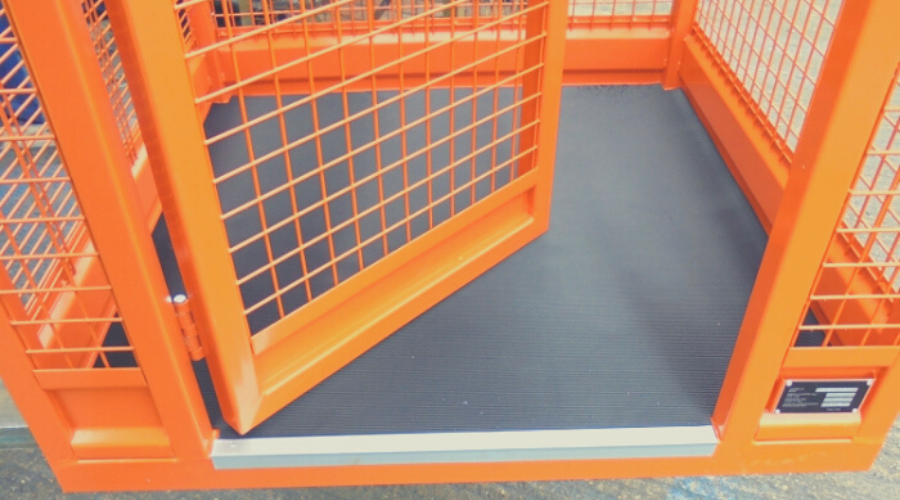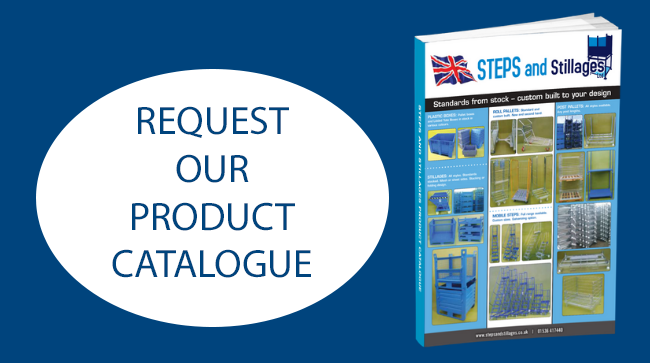Falls from height in the workplace continue to be the main cause of industrial fatalities in the UK, accounting for approximately one quarter of deaths between 2013 and 2018. Additionally, in the same period there were over 5,000 injuries sustained from falls, some of which were serious or life-changing in nature. Most of these accidents involved falls from scaffolds, ladders, platforms, and roofs, so it is imperative that employers provide workers with suitable safety equipment to ensure they can carry out their duties safely and to comply with the Work at Height Regulations (2005).
Forklift access safety cages are a safe and efficient way to protect employees from potentially serious falls and incorporate several important features to prevent accidents. But how do safety cages comply with the requirements of the law?
Who Is Most At Risk?
Many workers must work at height occasionally, but some are required to do so more often, putting them in the highest risk group. Occupations deemed at risk include scaffolders, warehouse workers, construction workers, and window cleaners. Insecure platforms, incorrect use of equipment, and overstretching from ladders are common causes of falls.
However, it is worth remembering that any employee working at height, even as a one-off, is potentially at risk, particularly if proper precautions are not taken.
The Importance Of Risk Assessments
The Health and Safety Executive (HSE) expects business to assess the risk of a fall before operatives can work at height. Aspects to consider include:
- The height at which operatives will be working.
- How often and for how long they will be required to do so.
- The type and condition of surface they will work on.
A risk assessment is essential to reduce the chance of an accident as, once the potential danger is identified, preventative measures can be implemented. Sometimes, only by carrying out a risk assessment do the dangers become obvious.
Your Responsibilities Under The Law
As an employer, you have specific responsibilities towards your employees to protect them from falls from height. Two items of legislation are relevant:
1. The Health and Safety at Work Act (1974): this protects the health, safety, and welfare of employees and safeguards them against risks.
2. The Work at Height Regulations (2005): this stipulates minimum health and safety requirements for the use of equipment at height, in addition to requiring work at height to be planned and carried out by competent people.
As an employer, you should establish rules for working at height, such as keeping surfaces dry and sturdy, maintaining equipment in good condition, and providing employees with training. Failure to protect employees could result in personal injury claims from affected individuals as well as prosecution by the HSE.
Contact Steps And Stillages For Expert Advice And Safety Equipment
At Steps and Stillages, we can provide expert advice to ensure you implement effective safeguards to protect your operatives from falls from height. Our forklift safety access cages are ideal for enabling employees to work at height safely, without restricting their access to high places. For more information about our forklift safety access cages, please get in touch.


